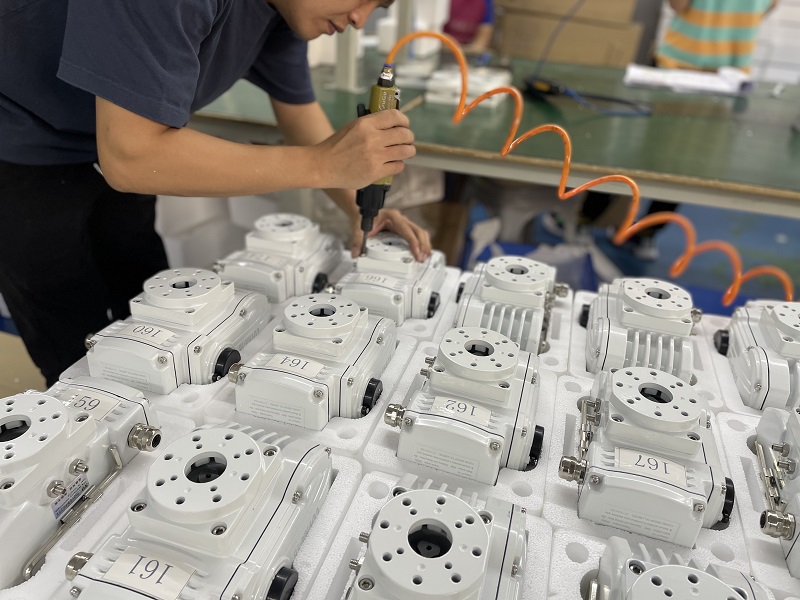1. There should be enough torque for the actuator whose output is turning angle and enough force for the actuator whose output is linear displacement to overcome the resistance of load. In particular, high-temperature and high-pressure valves, its sealing packing pressure is tight, after a long time to open often more than the normal situation to spend more force, as for the action speed is not necessarily very high, because flow regulation and control do not need to be too fast. In order to increase the output torque or force, motor output shaft reducer, if the motor itself is low speed, reducer can be simpler.
2. There should be a self-locking feature in the transmission system of the reducer or motor. When the motor is not running, the unbalanced load (such as the deadweight of the gate valve) can not cause any change in angle or displacement. Therefore, it is often necessary to use the worm gear mechanism or electromagnetic brake. With this measure, in the event of an unexpected power failure, the valve position can be maintained in the position before the power failure.
3. In the event of a power failure or regulator failure, it should be possible to operate manually on the actuator to take emergency action. To do this, you must have a clutch and handwheel.
4. Valve position tracking signal should be provided on the actuator during manual operation in order to provide automatic tracking basis for the regulator (the need of no disturbance switching) . This is not only the actuator itself position feedback needs, but also the valve position indication needs.
5. Have an indicator that looks at the valve position. The indicator is mounted on a central shaft so that the valve position can be observed. The Lens is usually a convex Lens with good sealing and no water accumulation.
6. In order to protect the valve and transmission from excessive operating force and damage, the actuator should be limited by the device and limit force or torque devices. In addition to the above basic requirements, in order to facilitate and a variety of valve characteristics, can be in the actuator with direct input digital signals. In recent years there are also with the PID operation function of the actuator, which is the so-called “digital actuator” and “intelligent actuator. DKJ (angle of rotation) and DKZ (linear displacement of output) , which are widely used in electric unit combination instruments in our country, are still analog electric actuators.
Post time: Jul-28-2021





